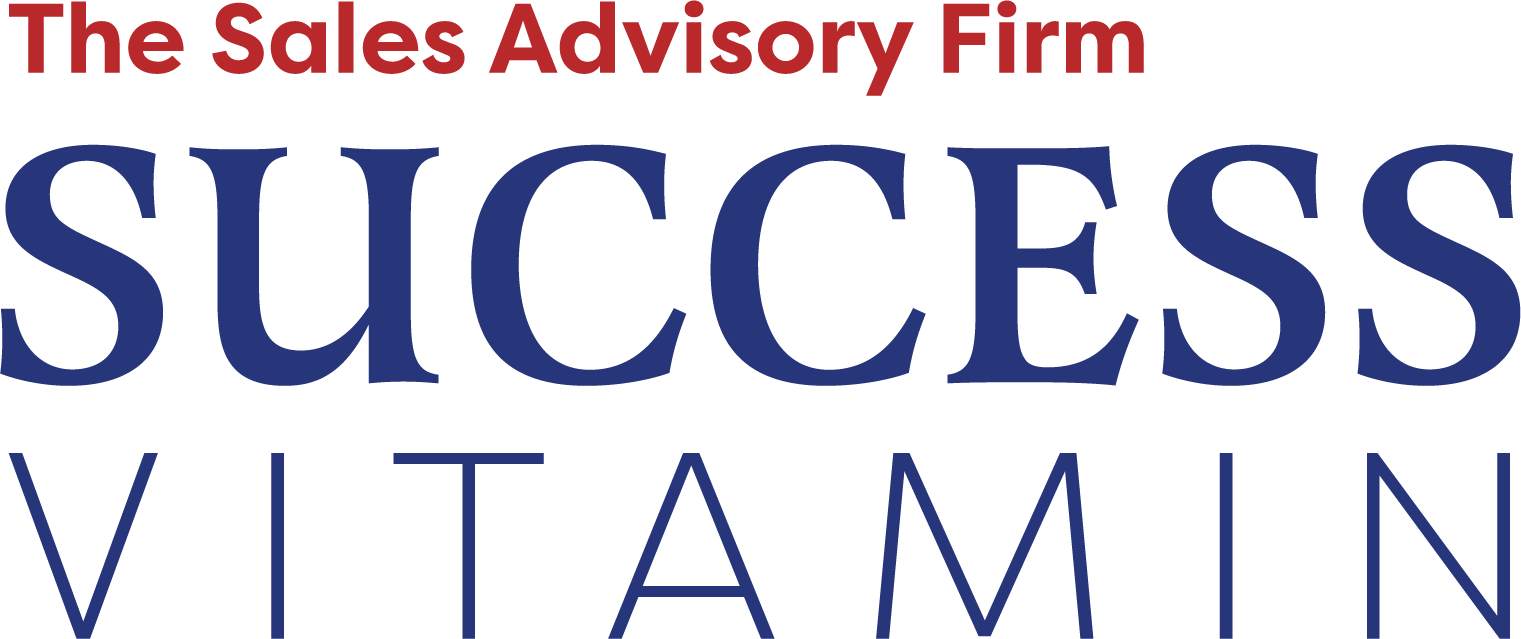In the fast-paced and competitive sales world, mastering the art of persuasion is essential for achieving success. Persuasion is not about manipulating or pressuring prospects into buying your product or service. It’s about building trust, understanding buyer psychology, and effectively communicating the value of your offerings.
In this comprehensive guide, we will explore various techniques for sales success, focusing on how to master persuasion in sales and build long-term relationships with customers.
Understanding Buyer Psychology in Sales

If you want to be persuasive in sales, it’s crucial to understand the psychology behind buying decisions. Buyers are motivated by a combination of logical reasoning and emotional factors. By tapping into these motivations, you can effectively influence their decision-making process.
👉 Appeal to Emotions
Emotions play a significant role in the buying process. People make decisions based on how a product or service makes them feel. To tap into their emotions, focus on the benefits and outcomes they can achieve using your offering. Paint a vivid picture of how their lives will improve, and connect these benefits to their deepest desires and aspirations.
For example, if you’re selling a productivity tool, instead of focusing on the features and functionalities, highlight how it will help them save time, reduce stress, and achieve their goals more efficiently. You can create a strong desire for your product or service by appealing to their emotions.
I have such sales tips created just for you and is accessible as a SALES In 60 Secs FREE course. There are multiple episodes you can listen to get the best sales lessons.
Access Your Free Course Modules Of Sales Tips In Less Than A Minute!
👉 Build Trust and Credibility
Trust is the foundation of any successful sales relationship. Buyers are likely to purchase from someone they trust and perceive as credible. To build trust, focus on establishing yourself as an expert in your field. Share your knowledge and insights through thought leadership content like blog posts, videos, and social media posts.
Additionally, leverage social proof by showcasing testimonials and case studies from satisfied customers. Seeing that others have had positive experiences with your product or service will increase the buyer’s confidence in purchasing from you.
On this context, I have e-books, social selling and Value Selling which is available as a free resource. Do download them and let me know how these e-books have helped you!
👉 Understand and Address Objections
Buyers often have objections and concerns before making a purchase. Instead of dismissing or ignoring these objections, actively listen and address them. Understand the underlying reasons behind their objections and provide relevant information and solutions to alleviate their concerns.
For example, if a prospect is concerned about the price of your product, instead of immediately offering a discount, focus on the value and return on investment (ROI) they will receive. Please explain how your product will save them money in the long run or help them generate more revenue.
 These are the episodes from Success Vitamin Podcast, that is up for free on my Sales Academy page.
These are the episodes from Success Vitamin Podcast, that is up for free on my Sales Academy page.Do Enroll and listen to these sales nuggets to gain more clarity in your approach.
Techniques for Sales Success
To achieve sales success, it’s important to develop an effective sales strategy. Here are 10 strategies to help you become more influential and achieve your sales goals.
1. Understand and Address Customer Pain Points

One of the most effective ways to succeed in sales is by understanding and addressing your customers’ pain points. Rather than simply focusing on the features of your product or service, take the time to identify the specific challenges your customers face.
You can establish a strong connection and build trust with potential buyers by demonstrating how your offerings can solve their problems and improve their lives. Remember, successful selling is not just about pushing a product; it’s about providing valuable solutions.
To effectively address customer pain points, conduct thorough market research and gather insights into your target audience. Use social media platforms and customer surveys better to understand their needs, desires, and pain points. This information will enable you to tailor your sales approach and messaging to resonate with your customers more deeply.
2. Harness the Power of Sales Technology

In the rapidly evolving world of sales, embracing technology is no longer an option but a necessity. Sales professionals must leverage the right tools and platforms to streamline workflow, enhance productivity, and deliver exceptional customer experiences. However, it’s important to remember that technology alone is not the key to success; how you utilize it makes all the difference.
Invest in sales technology that aligns with your specific needs and goals. Automation software and customer relationship management (CRM) systems can help you manage leads, track customer interactions, and streamline your sales process. By harnessing the power of technology, you can work smarter, faster, and more efficiently, ultimately driving better results.
3. Embrace Personalization
In today’s digital age, customers expect personalized experiences and interactions. It’s the end of generic sales pitches and one-size-fits-all approaches. To succeed in sales, embrace personalization and tailor your communication to each customer.
Address customers by their names, and take the time to understand their unique needs and preferences. Use the information you have gathered about your customers to provide personalized recommendations and solutions. You can build stronger relationships and increase customer loyalty by genuinely caring about their requirements.
4. Create a Sense of Urgency

Creating a sense of urgency can motivate prospects to make a buying decision more quickly. Highlight limited-time offers, exclusive discounts, or upcoming price increases to encourage prospects to take action.
Use phrases such as “limited availability,” “limited time offer,” or “act now” to convey the urgency and importance of making a decision promptly. Instilling a fear of missing out (FOMO) can prompt prospects to move forward with the purchase.
5. Be Authentic and Transparent
Authenticity and transparency are crucial to building trust. Be genuine in your interactions with prospects and customers. Avoid making exaggerated claims or false promises. If you don’t have an immediate answer to a question, be honest and tell the prospect that you will follow up with the information they need.
Transparency also extends to pricing and contract terms. Communicate the pricing structure and any potential fees or additional charges. Provide all relevant information upfront so the prospect feels confident that there are no hidden surprises.
You can take a moment and visit my LinkedIn page where my authenticity and transparency is always practised.
6. Master Your Product Knowledge
To effectively sell your product or service, you must deeply understand its features, benefits, and value proposition. Take the time to thoroughly familiarize yourself with every aspect of your offering, from its technical specifications to its unique selling points (USPs).
Put yourself in your customers’ shoes and think about how your product or service can solve their problems and improve their lives. Anticipate their questions and be prepared to provide clear and concise answers.
7. Develop Effective Sales Communication Skills
Communication is at the core of successful sales interactions. Developing effective sales communication skills will help you establish rapport, understand customer needs, and convey the value of your offerings convincingly.
- Active Listening: Active listening is a fundamental skill for effective sales communication. It involves fully engaging with the prospect, paying attention to their verbal and non-verbal cues, and demonstrating genuine interest in their needs and concerns. By actively listening, you can gather valuable information to help you tailor your sales pitch and address their pain points.
- Effective Questioning: Asking the right questions is crucial in uncovering customer needs and guiding the sales conversation. Focus on open-ended questions that encourage the prospect to share their challenges, goals, and desired outcomes.
- Clear and Concise Communication: Clarity and conciseness are crucial in sales. Avoid using jargon or technical terms that the prospect may not understand. Instead, communicate in simple language that conveys the value and benefits of your offering. Focus on crafting a compelling sales message that highlights the unique selling points of your product or service.
8. Prioritize Quality over Quantity
In the modern sales landscape, quality trumps quantity. Rather than chasing after a large volume of leads, focus on identifying and nurturing high-quality leads that have the potential to become long-term, loyal customers.
Spend time qualifying leads to ensure they align with your target audience and are genuinely interested in your product or service. By investing your efforts in cultivating relationships with qualified leads, you can increase your conversion rates and maximize your sales success.
Building strong customer relationships is more important than making a quick sale. Prioritize quality interactions, provide value, and consistently deliver exceptional customer experiences. Focusing on quality over quantity can build a solid customer base to support your long-term sales success.
9. Utilize Visuals for Effective Communication
Visual aids can be powerful tools for effective communication in sales. People have different learning styles, and visuals can help convey information more engagingly and memorably.
Consider using graphs, charts, and infographics to illustrate key points and data. Visuals can simplify complex concepts, highlight important information, and enhance the overall impact of your sales pitch. You can capture your customers’ attention and make a lasting impression by incorporating visuals into your sales presentations.
10. Persevere and Never Give Up
Sales can be a challenging and sometimes discouraging profession. Rejection and setbacks are inevitable, but it’s essential to persevere and maintain a positive mindset. Successful sales professionals keep going and continue pushing forward despite their obstacles.
Embrace a growth mindset and view every challenge as an opportunity for learning and improvement. Use setbacks as motivation to refine your strategies and enhance your skills. Remember that every “no” brings you closer to a “yes.”
Read about Techniques For Handling Sales Objections – Turning NO into an YES
Stay resilient, maintain a positive attitude, and celebrate your successes, no matter how small. You can achieve long-term sales success and reach your goals by persevering and never giving up.
Conclusion
Mastering persuasion in sales is fundamental for success in the competitive sales landscape. By understanding buyer psychology, developing effective sales communication skills, and building trust through persuasion, you can become a persuasive sales professional and close more deals.
Always prioritize ethical persuasion, focusing on providing value and building long-term customer relationships. By applying the techniques and strategies outlined in this guide, you can become a master of persuasion and achieve your sales goals.


